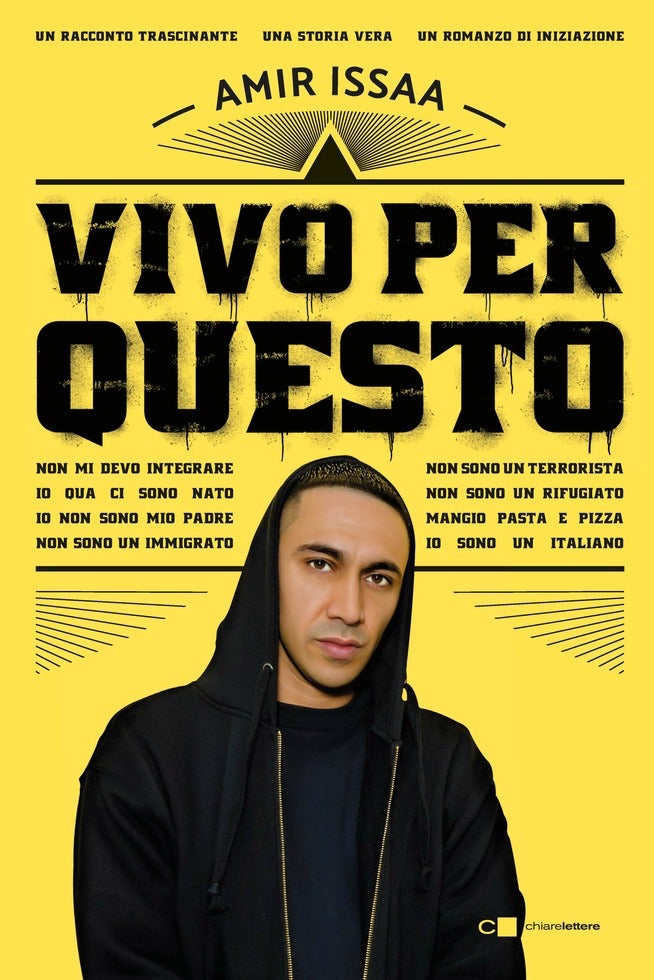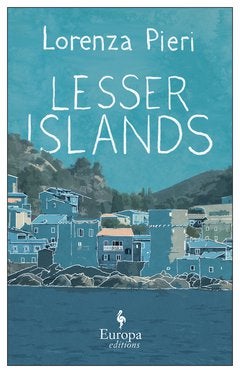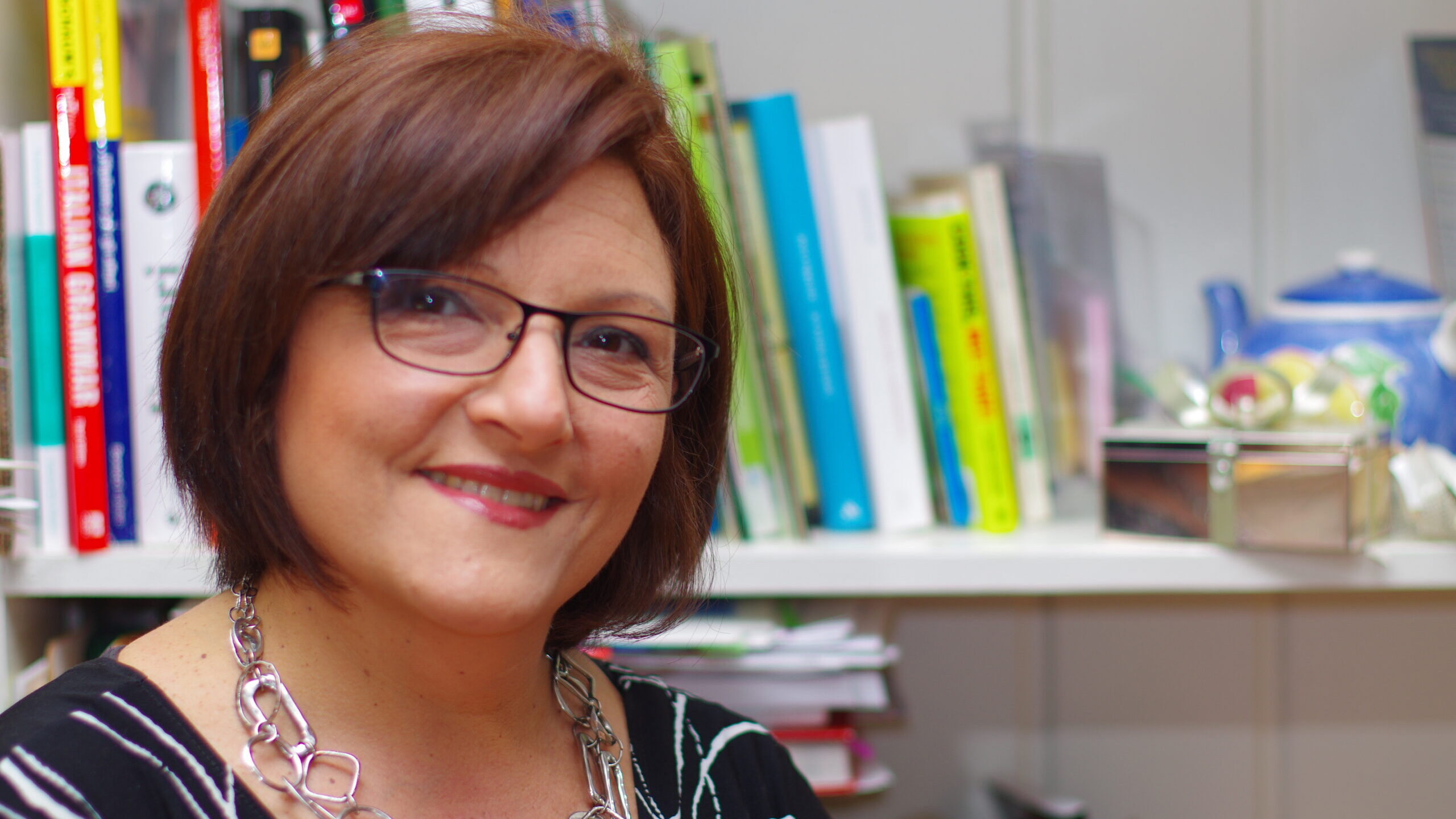Students Become Professional Translators in Donatella Melucci’s Course
Students enrolled in Donatella Melucci’s course on Italian Translation face one of the most difficult assessments in all of higher education. Their work, once translated, is reviewed by the original Italian authors and its publishers before the final product hits bookstore shelves with their names attached.
Melucci, a teaching professor in the Department of Italian Studies, has authored, co-authored and edited numerous textbooks on the teaching of Italian as a foreign language. Outside of the classroom, she’s also worked extensively as a translator. When the opportunity arose, Melucci fought to give students a firsthand, real-world work experience inside the classroom.
Rapper’s Delight, Rapper’s Rewrite
In the spring of 2019, the department hosted an event with Amir Issaa, a rapper and artist from Rome. Issaa read from, and answered questions about, his autobiography Vivo per questo (This Is What I Live For).

The cover for Amir Issaa’s autobiography.
“During the presentation, Issaa mentioned that he’d like to have the book translated into English for an American audience,” Melucci remembers. “We, my students and I, laughed and said ‘well we can do that.’ The conversation didn’t stop there.”
For advanced students, the work of translating represents the culmination of their studies, pulling on the linguistic and cultural skills they’ve assembled over years of tutelage, exams and practice.
“The Italian translation course brought the Italian language to life in a way that I had not experienced before,” said Natalie Bazata (C’21). “The challenge of translating an entire book required a completely new application of my knowledge of the English and Italian languages.”
“It was a very ambitious project and a big responsibility, but I knew it was a great opportunity for my students to learn in a meaningful way and to experience the connection between academic and professional work,” Melucci wrote in an article for the magazine Words Without Borders. “While they were acquiring the skills to translate texts from Italian to English, they would have the unique opportunity of translating a contemporary author’s book and potentially seeing it published.”
The translation of Vivo per questo was published in a volume edited by Clarissa Clo of San Diego State University alongside essays from scholars, including Melucci, discussing Issaa’s rap within the context of Italian hip-hop and placing his work in a transnational context. The volume won an award last year from Italy’s Department of Cultural Heritage.
A Transformative Model for Language Education
In the classroom, Melucci witnessed her students grow by leaps and bounds through the project. Invigorated by that experience, she set out to make it a recurring phenomena – each semester students in her class would work in tandem to translate a book for publication.
“Throughout the project, it was incredible to see the growth in my students’ language competence,” Melucci wrote. “They learned that translation is not just about words — nouns, adjectives, verbs — but rather about transferring cultural content from one language to another so that the reader of the target language can read it and appreciate it.”

The cover of Lorenza Pieri’s novel, which was translated by Melucci’s class.
With every passing year, an increasing number of Italian majors and minors have translated a book by the time they earn their degrees. Laura Benedetti’s Un Paese di Carta (A Country of Paper) and Lorenza Pieri’s Isole Minori (Lesser Islands), to name just a few. Additionally, students have gone on to work as translators after graduation.
During the summer of 2021, Melucci worked with two former students to finalize a contract to translate Giorgio A. Chiarva’s Il Banchiere Galantuomo (The Gentleman Banker), a biographical novel following Amadeo Peter Giannini, the Italian-American founder of the Bank of America.
For students still in the classroom, translation isn’t just barebones work. To fully understand the work they’re translating, students must immerse themselves in culture, traditions and nuances. These deep dives, Melucci explains, offer incredible opportunities for lectures and discovery on new and interesting topics.
“Being a translator means being an intermediary who holds the tools to remove linguistic and cultural barriers and make literature and art accessible to a greater audience,” Bazata said. “I finished the course with an enriched understanding of and appreciation for both languages and a commitment to continue this work in the future.”
To help guide the students, Melucci makes a habit of inviting one professional translator to lecture, including Leonardo Rizzi, the translator of the My Brilliant Friend series Ann Goldstein and Prof. Sergio Portelli, who heads the Department of Translation, Terminology and Interpreting Studies at the University of Malta.
“I noticed that her career as a translator is inextricably connected to her literary career as an editor and a writer,” said Harry Rose (C’20), speaking of Ann Goldstein’s virtual visit to the class. “It seems equally important to develop your own personal written voice in your native language in addition to having a solid knowledge of Italian in order to be a good translator.
For students studying Italian in the College of Arts & Sciences, Melucci’s course offers an unparalleled real-world experience that should be a model for classrooms around the world.
-by Hayden Frye (C’17)
